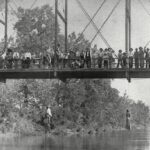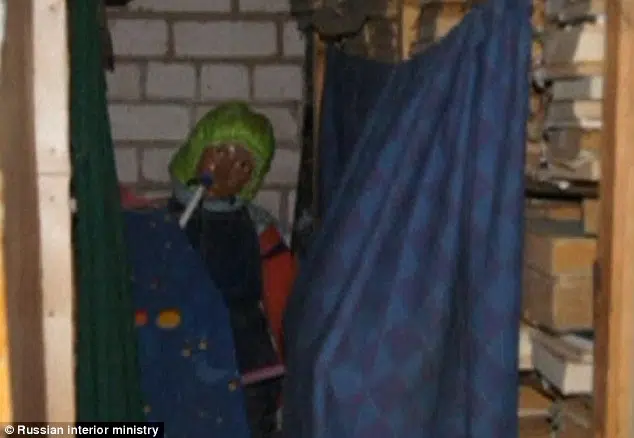
Anatoly Moskvin was once a respected linguist, historian, and journalist in Russia. He spoke multiple languages, studied Celtic folklore, and contributed to academic papers.
But in 2011, police made a discovery that would overshadow all of that. Inside his apartment, they found the mummified bodies of 26 girls and women, many dressed in clothing and positioned like dolls.
His parents, who lived in the same apartment, had seen the figures but believed they were just life-sized toys.
Moskvin had spent years robbing graves, exhuming bodies of girls aged 3 to 29, and attempting to preserve them through a mix of homemade mummification techniques.
He later admitted that he had been doing this for over a decade, believing he could eventually bring the dead back to life.
How was Anatoly Moskvin caught
Authorities arrested Moskvin on November 2, 2011, while investigating a series of grave desecrations in the Nizhny Novgorod region.
Residents had been reporting vandalized graves and missing bodies, but no one suspected that an academic with a passion for cemeteries would be the culprit.
When police searched his apartment, they found shelves, sofas, and corners of the room stacked with bodies disguised as dolls.
Some were dressed in bright children’s clothing, with wigs, and even had wax masks painted with nail polish to resemble faces.
Alongside them were maps of cemeteries, instructions for making his “dolls,” and photographs of open graves.
At first, reports claimed Moskvin had 29 bodies, but later investigations confirmed the number was 26.
He cooperated fully with authorities, explaining that he had been searching for ways to preserve and “rescue” the dead girls.
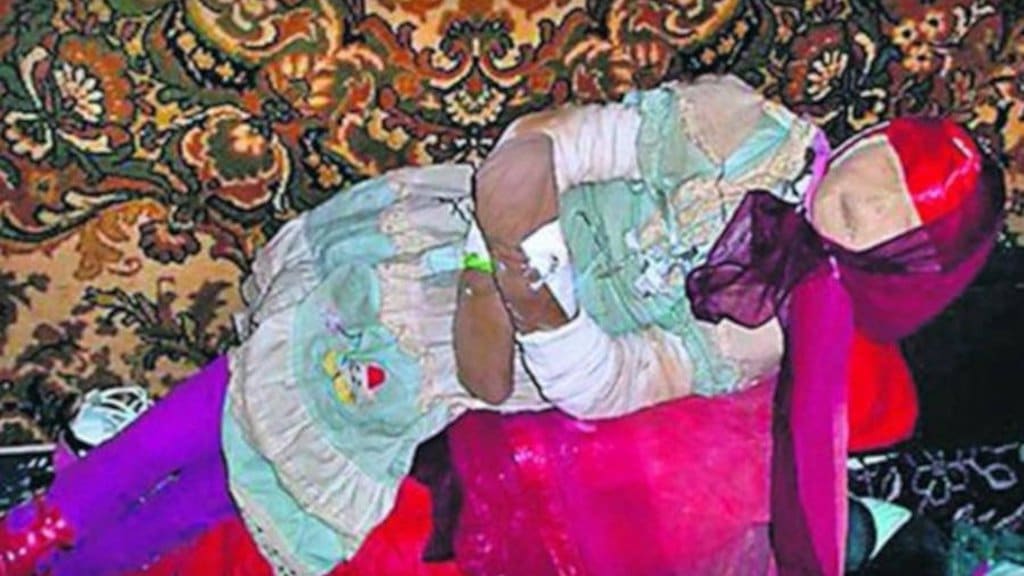
Why did Anatoly Moskvin dig up graves
Moskvin claimed that he felt deep sympathy for dead children and believed that science or black magic could bring them back to life.
He had studied ancient Celtic and Siberian rituals, particularly the practice of sleeping on graves to communicate with spirits.
For over 20 years, he searched for obituaries of young girls that “spoke” to him.
He would then sleep on their graves, convinced that their spirits would give him permission to take them home.
As he aged, he claimed that lying on the ground became too painful, so he started digging up their bodies instead.
Moskvin experimented with mummification techniques, using salt, baking soda, and dry storage before bringing the bodies home.
He later said he believed the girls’ remains were too decayed for them to be happy, so he wrapped their limbs in cloth and padded their bodies to make them fuller.
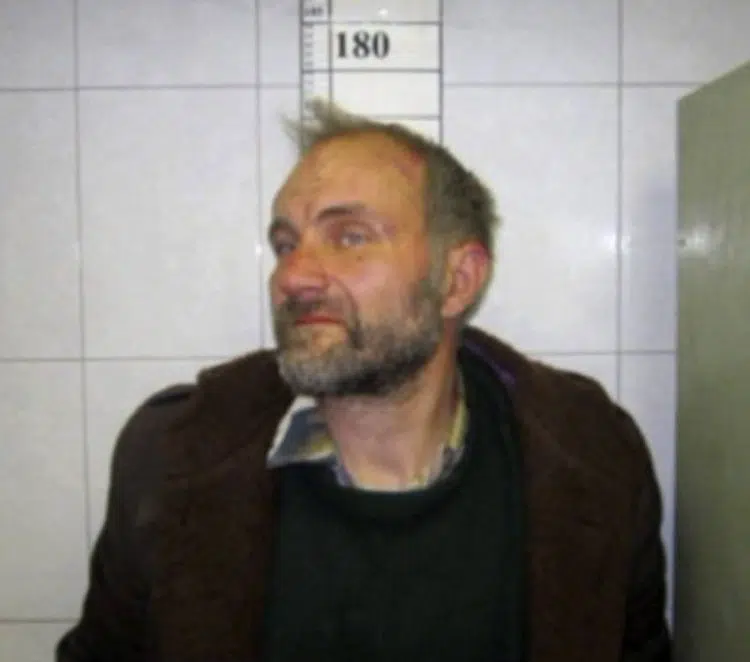
What happened during Anatoly Moskvin’s trial
Moskvin was charged under Article 244 of the Russian Criminal Code for desecrating graves and bodies, which carried a maximum sentence of five years.
However, after a psychiatric evaluation, doctors determined that he had paranoid schizophrenia and was unfit to stand trial.
In May 2012, he was sent to a psychiatric hospital for mandatory treatment. The decision was not contested by the prosecution.
His stay has been reviewed multiple times, with extensions granted in 2013, 2014, 2015, and 2019.
In 2018, his doctors briefly petitioned for his release to outpatient care, but a subsequent evaluation found that he was still too unstable.
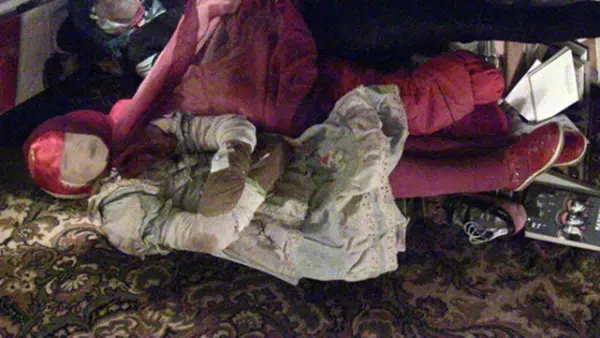
Where is Anatoly Moskvin now
As of today, Moskvin remains in a psychiatric hospital, where his mental state continues to be assessed. There is no confirmed release date.
Did Anatoly Moskvin want to have children
Moskvin claimed that he was motivated by loneliness and a desire for children, particularly a daughter. He had once attempted to adopt a girl, but his application was rejected due to low income.
Despite his intense attachment to the corpses, he denied any sexual motivation, insisting that they were his “children”. He spoke to them, watched cartoons with them, celebrated their birthdays, and even threw them parties.
In 2016, reports surfaced that he was engaged to a 25-year-old woman who attended his trial. It remains unclear whether this relationship ever led to marriage.
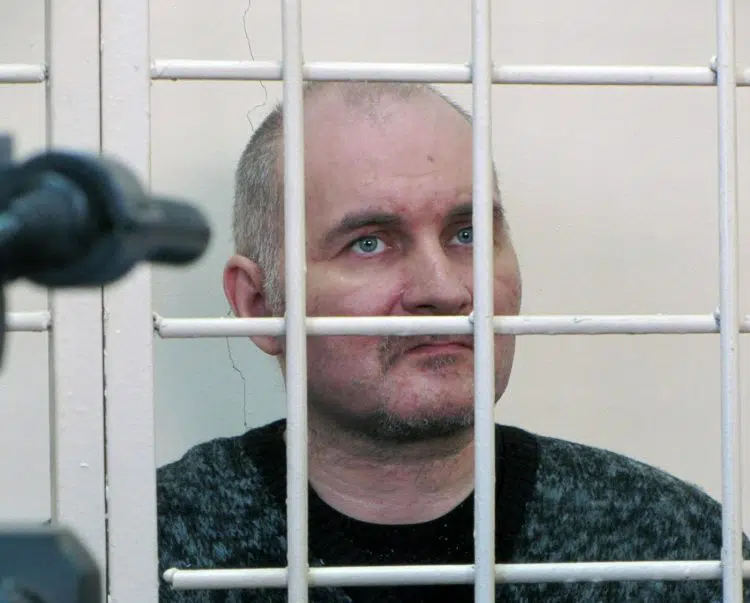
What did Anatoly Moskvin do for work
Moskvin was a former lecturer at Nizhny Novgorod Linguistic University, specializing in Celtic studies, linguistics, and folklore. He was highly respected in academic circles, having written several books, dictionaries, and essays.
Between 2006 and 2010, he worked as a journalist, frequently contributing to Nizhny Novgorod Worker. He was also commissioned to document and catalog cemeteries across 40 regions, an assignment that allowed him to study grave sites in detail.
Did Anatoly Moskvin’s parents know about the bodies
Moskvin lived with his elderly parents in their apartment. They saw the bodies but assumed they were just life-sized dolls.
Since they traveled frequently, they were unaware of what their son was really doing until his arrest.
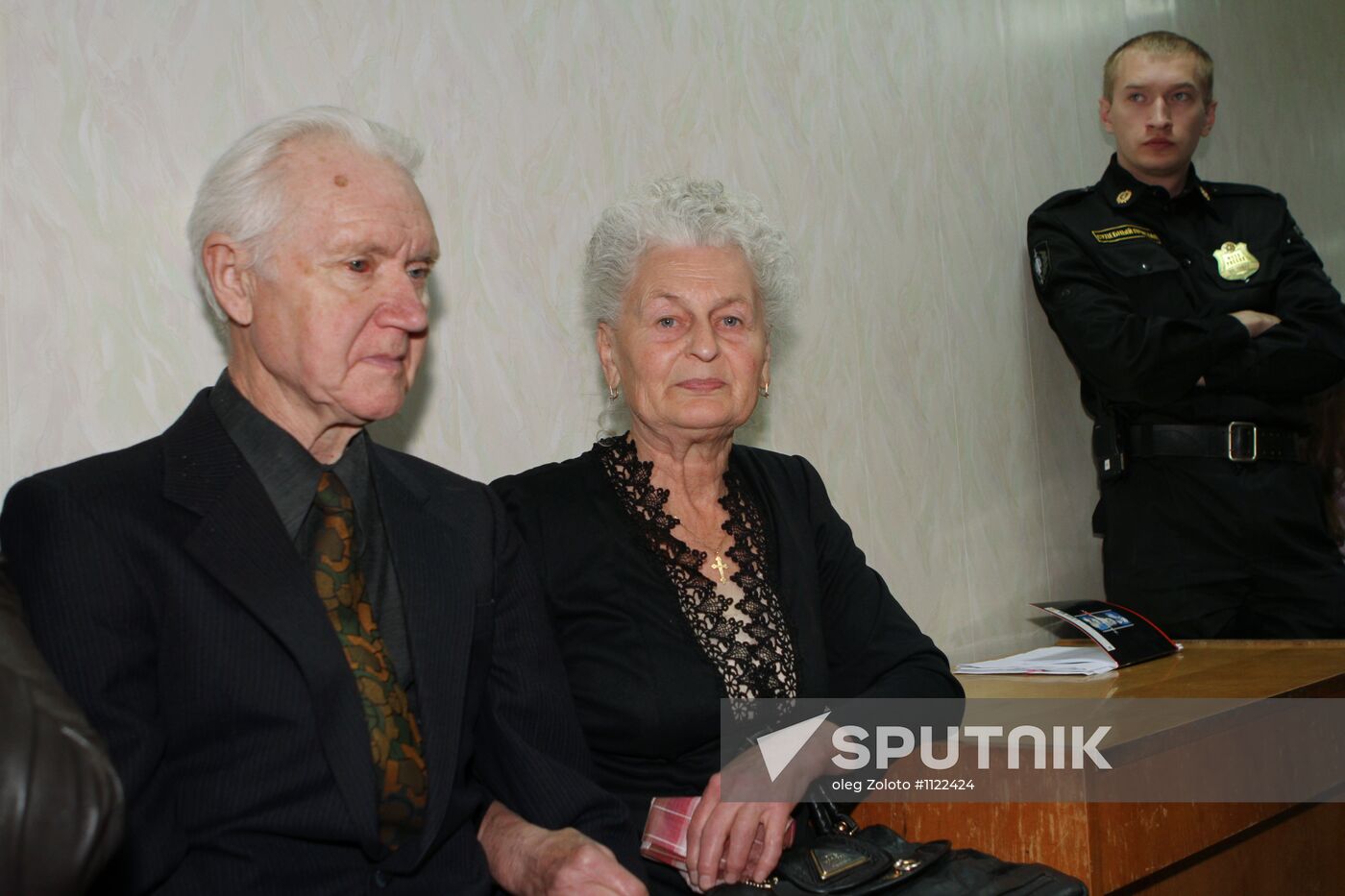
What was found in Anatoly Moskvin’s apartment
Police discovered:
- 26 mummified female bodies dressed as dolls
- Cemetery maps and lists of names of the deceased
- Grave decorations, metal nameplates, and photos of open graves
- Handwritten instructions for mummification and corpse preservation
- A collection of wigs, clothing, and wax masks
Was Anatoly Moskvin inspired by history and folklore
Moskvin’s obsession with death, cemeteries, and rituals was influenced by both personal experiences and academic research.
At age 13, he was forced to kiss the forehead of an 11-year-old girl at her funeral—a moment that he later described as traumatizing yet transformative.
His studies of Druidic and Siberian rituals convinced him that sleeping near the dead allowed for spiritual communication.
When this failed to bring the girls back, he believed removing them from their graves would increase their chances of revival.
What was Anatoly Moskvin’s motive
Moskvin believed that he was rescuing the children from their graves. He saw cemeteries as cruel places for young girls and believed they deserved a second chance at life.
Though he was aware that grave robbing was illegal, he considered his work more important than the law. He was convinced that if he studied enough methods, he would eventually bring the girls back.
His case remains one of the most bizarre criminal investigations in modern forensic history, shocking both law enforcement and the academic world.





